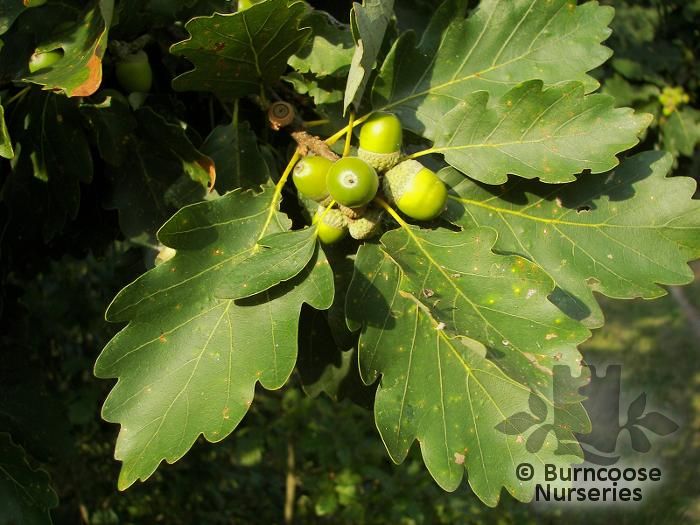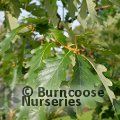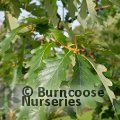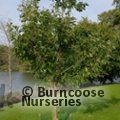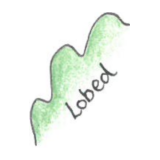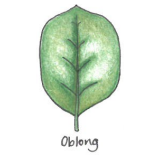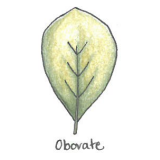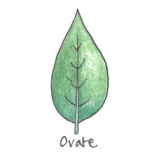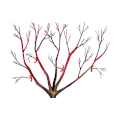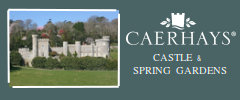Plants by mail order since 1984, over 4100 plants online today
Nursery & Gardens open: Mon - Sat 8:30 - 17:00 & Sun 10:00 - 16:00
Pop up café: open weather dependent
- Shop Now
- Burncoose Specialities
- This Month
- Offers & Promotions
- RHS Chelsea Flower Show 2024
- 40 years at Burncoose
- Engage With Us
- Information, Help & Advice
- About Us & Our Services
- Terms & Conditions
- Log In / Register

QUERCUS petraea
Commonly known as Cornish oak, durmast oak, Irish oak, sessile oak, Welsh oak
(syn. Q. sessiliflora). Lobed dark green leaves.
-
DeciduousYellow-stalked, dark green leaves 6-17cm (2½-6¾in) long with rounded lobes
-
 Height30m (100ft)
Height30m (100ft) -
 Spread25m (80ft)
Spread25m (80ft) -
TreeSpreading tree with ridged, grey bark. Produces stalkless, ovoid to oblong-ovoid acorns singly or in clusters
-
 Very hardyHardy in the severest continental climates including exposed upland locations in the UK. Plant can withstand temperatures < -20 (-4°F)
Very hardyHardy in the severest continental climates including exposed upland locations in the UK. Plant can withstand temperatures < -20 (-4°F) -
 Full sun
Full sun -
 Partial shade
Partial shade
QUERCUS petraea
-
Additional Features
 Good to knowWildlife plant. Habitat for more than 257 species of insect. Mature trees provide nesting cavities for birds and mammals and birds are attracted to the acorns
Good to knowWildlife plant. Habitat for more than 257 species of insect. Mature trees provide nesting cavities for birds and mammals and birds are attracted to the acorns Pests & DiseasesAphids, gall wasps, oak wilt, honey fungus, powdery mildew
Pests & DiseasesAphids, gall wasps, oak wilt, honey fungus, powdery mildew Place of originEurope
Place of originEurope -
Garden Location/ConditionsWoodland garden
-
HardinessFully hardy
-
Leaf margin
 Lobed
Lobed(see photos above) -
Leaf shape
 Oblong
Oblong(see photos above)  Obovate
Obovate(see photos above)  Ovate
Ovate(see photos above) -
Pruning group
 Pruning group 1Suitable for: Deciduous and evergreen trees, and some deciduous shrubs.
Pruning group 1Suitable for: Deciduous and evergreen trees, and some deciduous shrubs.
Pruning: Minimal pruning required. Prune wayward or crossing branches to maintain a healthy framework.
When: When dormant in the late winter/early spring. Some in the summer/autumn to prevent bleeding of sap.
-
Seasonal InterestAutumnSpringSummer
-
Soil ConditionsFertile moist well-drained soil
-
Toxic - Category C
 Harmful if eatenpets, i.e. cats, dogs, rabbits, rodents, notably dogs
Harmful if eatenpets, i.e. cats, dogs, rabbits, rodents, notably dogs -
Tree ShapeRounded to broadly spreading
-
Wildlife
 Bee friendly
Bee friendly Bird friendlyButterfly friendly
Bird friendlyButterfly friendly
|
30m (100ft)
|

|

|
|
25m (80ft) |
Useful extras...

Fertilisers & Feeds - Vitax
Q4 Pelleted Fertiliser
A useful fertiliser suitable for use on a wide variety of plants. Q4 provides all the nutrients and trace elements essential for vigorous growth, abundant flowering and ripening of fruit.
3 options from £6.00
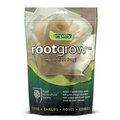
Fertilisers & Feeds - Empathy
Rootgrow mycorrhizal fungi
Recommended by the RHS. Contains Rootgrow™ mycorrhizal fungi. Suitable for all trees and shrubs (except rhododendrons, azaleas, heathers, cranberries and blueberries)
3 options from £3.00

Fertilisers & Feeds - Empathy
All-purpose Seaweed Stimulant
All-purpose organic concentrated seaweed feed that is a ready to use, derived from sustainable harvested kelp, that can be used on all outdoor and indoor plants, except acid loving plants.
Perfect used in conjunction with Rootgrow™.
Only £7.50

Fertilisers & Feeds - Carbon Gold
Biochar soil improver
Biochar is a carbon rich form of charcoal specifically designed for soil application to improve plant growth and health. Biochar is a very stable substance that is not broken down in soils, offering long-term soil benefits.
Only £8.00
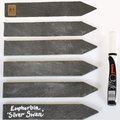
Garden Goodies
Slate Plant Labels
These wonderfully tactile natural slate plant labels are hand made in Cornwall and come with a chalk pen.
Just stick them in your pot or border. Pack of 6.
Only £10.00
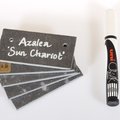
Garden Goodies
Slate Tie-on Plant Labels
Hand made in Cornwall, these delightful natural slate labels are perfect for pots.
Comes with chalk pen. Pack of 5
Only £10.00


